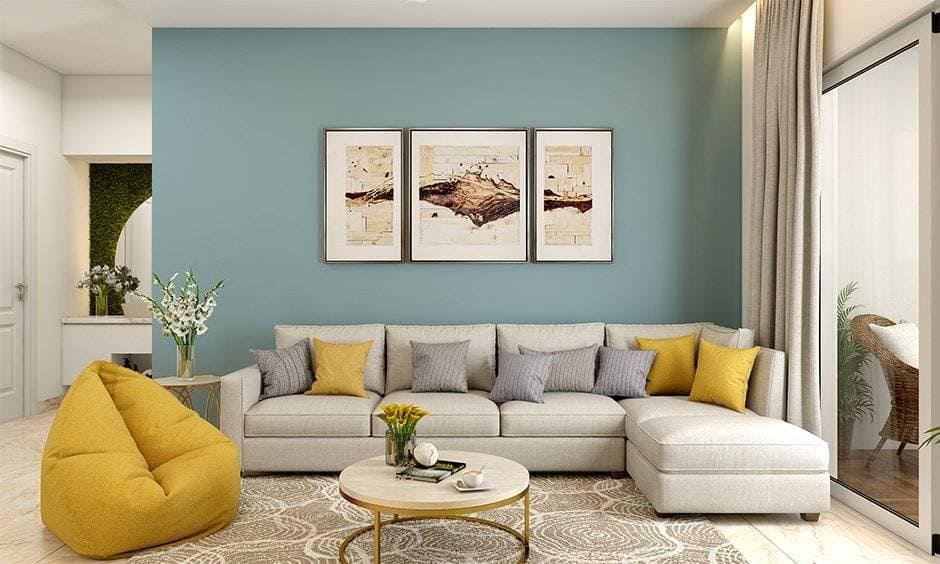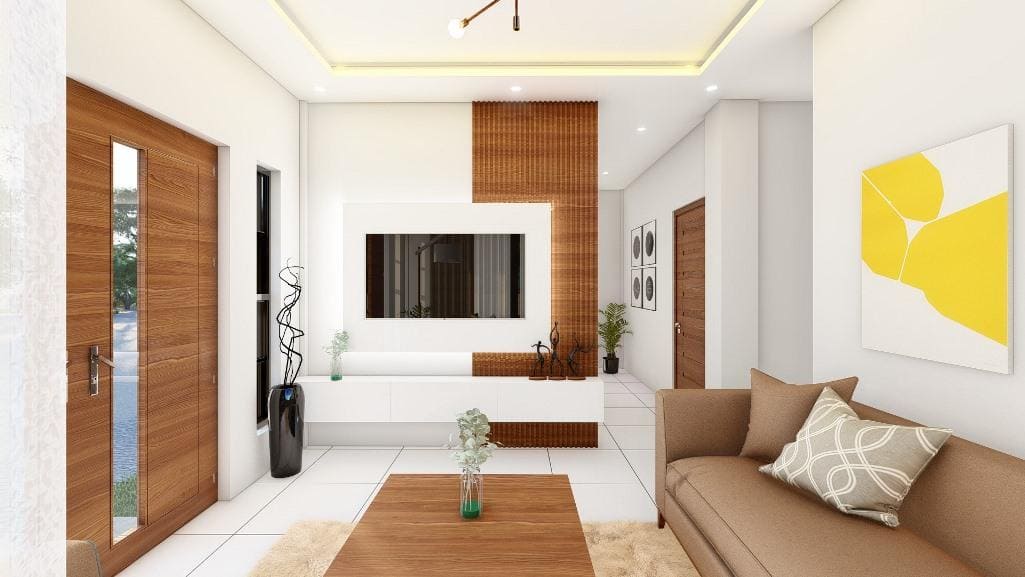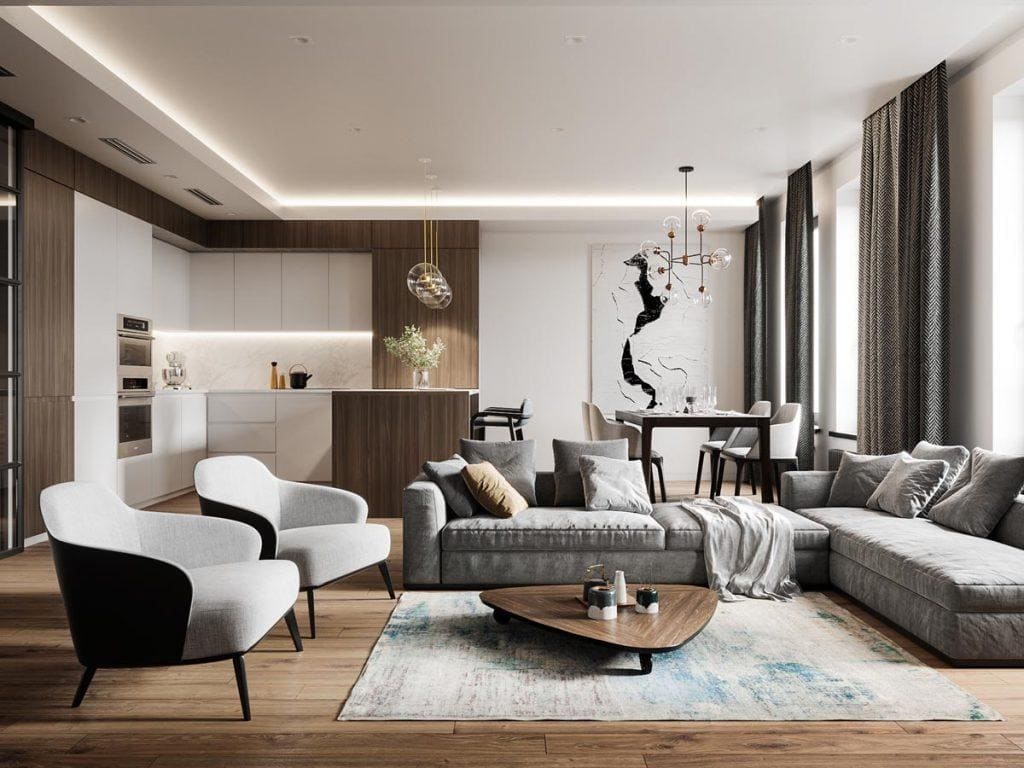The Psychology of Color: How Hues Shape Your Home's Mood
Our personal spaces profoundly influence emotional well-being. Colors, far beyond decoration, act as silent communicators, subtly dictating atmosphere and shaping daily perceptions. Understanding this connection between hues and human sentiment is crucial for crafting truly comfortable home environments.
Every shade possesses a unique psychological resonance, evoking feelings from serene tranquility to vibrant energy. This inherent power of color is rooted in human biology and cultural associations. Recognizing these principles allows us to make deliberate decisions that enhance our living experience.
Consider how airy blue instills calm, while earthy red ignites warmth. These responses are subconscious, yet their effect on our mood within our dwelling is undeniable. Thoughtful color application becomes a potent tool for influencing how we relax, socialize, work, and rejuvenate.
Selecting a color palette for your residence is more than aesthetics; it's a strategic approach to fostering a desired emotional climate. Baskwithinvust recognizes each home is a unique canvas. Colors should reflect personal taste, intended purpose, and desired feeling for each distinct area.
Delving into color psychology empowers us to intentionally design spaces supporting mental and emotional needs. This approach helps create surroundings that actively contribute to comfort and belonging, transforming a dwelling into a carefully curated haven tailored to individual aspirations.
Applications of Color Psychology in Home Design
- Living and Social Spaces: Warmer, inviting tones foster togetherness and conversation. Consider: overly stimulating hues can overwhelm or detract from relaxation.
- Work and Study Areas: Cool, focused colors enhance concentration. Consider: overly dark shades might create a somber, uninspiring atmosphere.
- Bedrooms and Retreats: Serene, calming colors encourage rest and reflection. Consider: avoid excessively vibrant tones that could disrupt peaceful slumber.
Exploring Expert Perspectives on Color's Influence
Color psychology offers diverse interpretations. Experts categorize colors by psychological effect. Warm colors (reds, oranges, yellows) associate with energy, passion, comfort. They advance visually, making spaces intimate, but can overwhelm without moderation.
Cool colors (blues, greens, purples) link to serenity, calmness, spaciousness. They recede visually, making rooms appear larger. Ideal for relaxation, excessive cool tones can lead to detachment or coolness, depending on hue intensity.
Neutral colors (whites, grays, beiges, browns) serve as versatile foundations, offering balance and sophistication. They allow other elements to stand out. While often safe, uninspired application can result in a bland environment. Texture and subtle variations are key to avoiding monotony.
The universal applicability of color psychology is debated. Cultural background significantly influences perception; joy in one culture might be mourning in another. Personal preferences also heavily influence responses. This highlights the need for a personalized approach, as color is never experienced in isolation.
Crafting Harmonious Home Environments
Ultimately, selecting colors for your home is a deeply personal journey. Understanding psychological principles and your unique emotional connection to shades allows you to sculpt each room's atmosphere, resonating with your desired mood.
Embrace an experimental mindset. Observe how hues transform under various lighting and with accents. This thoughtful process ensures your choices create a harmonious and personally enriching environment.






Leave Comment